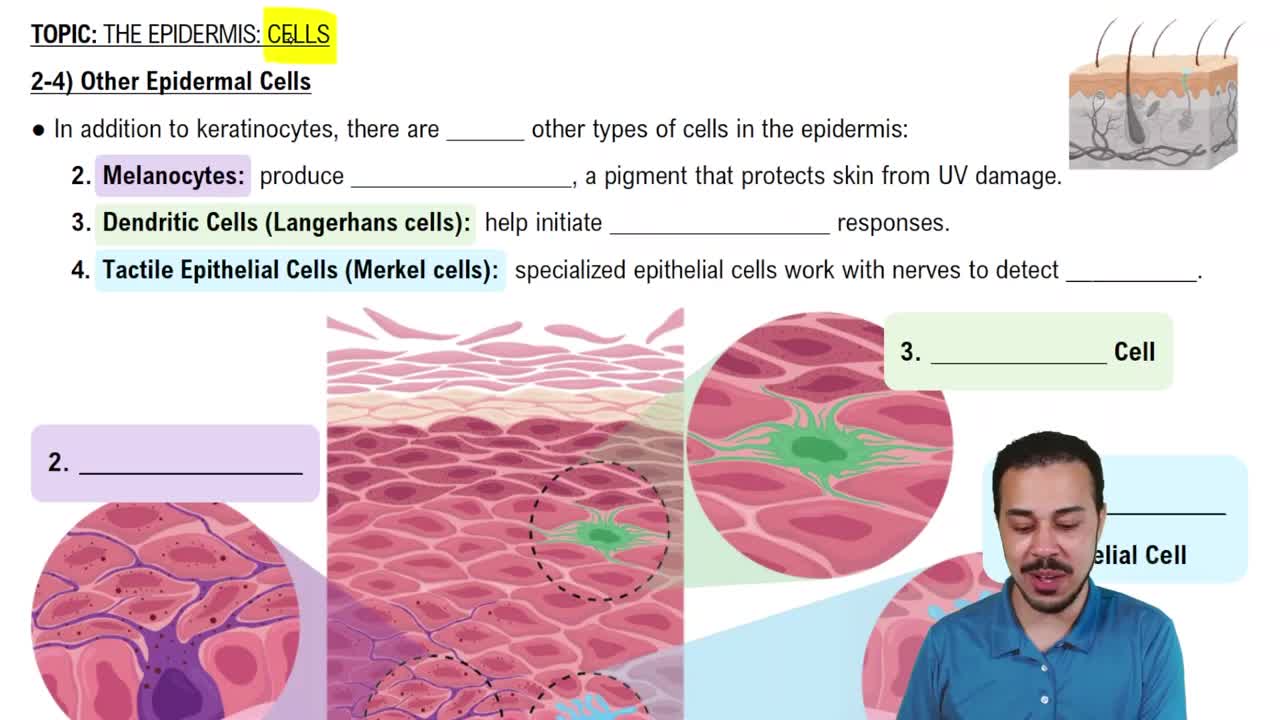The macula in the utricle detects:
a. Rotation of the head to the right
b. Very low-frequency sound waves that we can feel but not hear
c. Tilting of the head to one side
d. Linear acceleration of the head in a vertical plane
 Verified step by step guidance
Verified step by step guidance Verified video answer for a similar problem:
Verified video answer for a similar problem:
